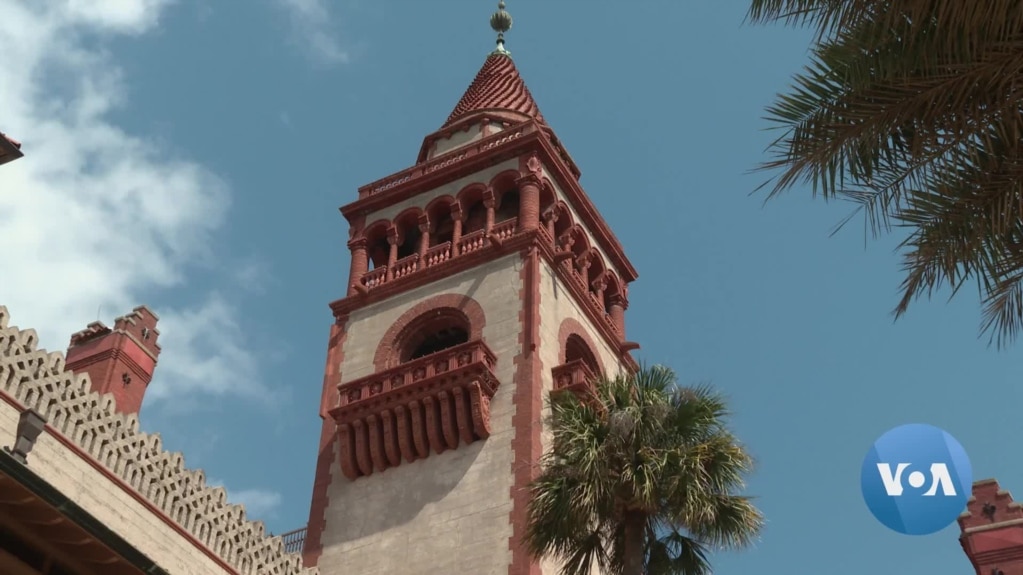Students of United States history often learn that Plymouth Rock in Massachusetts and Jamestown in Virginia were the earliest settlements in North America.
But more than 50 years earlier, the Spanish had settled in the far northeastern corner of Florida in what is now the city of St. Augustine.
Despite being the oldest continuously occupied settlement founded by non-Native Americans in the U.S., St. Augustine is rarely talked about in American history classes.
“I think it's because it's Spanish colonial history that we're talking about,” says Nancy Sikes-Klein, mayor of St. Augustine. “Some people might say it's Anglo biased.”
Thomas Graham, a retired history professor at Flagler College in St. Augustine, agrees. He said his ancestors are from the Spanish period and “for the longest time, St. Augustine and Florida were part of the Spanish Empire.” He added that the two have been forgotten about for a long time in history, but that it is changing.
The Spanish controlled St. Augustine from 1565 until 1821, except for a brief period of English rule between 1763 and 1783. St. Augustine became part of the United States in 1821 when Spain turned its Florida territories, which were too costly for Spain to keep, over to the United States.
Today, St. Augustine is a small town. It covers 27.7 square kilometers and has a population of about 15,000.
And even with centuries of Spanish rule, it is difficult to see Spain’s influence on St. Augustine because most of the buildings from that time are long gone.
Graham said, “The streets are still here, the narrow streets, the small city blocks, and they survive as a part of the oldest part of St. Augustine.”
The oldest structure in St. Augustine is Castillo de San Marcos. It is a fort built by the Spanish in 1695 to protect against English attacks. The fort is now a national monument.
“It was designed to protect an entire town. Whoever controls the city of St. Augustine and that fortress, at the time, controlled the territory of Florida,” says Chris Leverett of the National Park Service.
The city was once a popular place for wealthy Americans to escape the difficult winters in northern U.S. states. In the 1870s, businessman Henry Flagler, a founder of Standard Oil, decided to build three world-class hotels for rich visitors. They were Hotel Ponce de Leon, Hotel Alcazar, and Hotel Cordova.
But the rich did not stay long. Within 20 years, the rich discovered that Palm Beach on the other side of Florida had even better weather.
Today, Hotel Ponce de Leon is Flagler College and Hotel Alcazar houses city offices and a museum. Only Hotel Cordova, the smallest of the three, is still a hotel but is now called Hotel Casa Monica.
Still, visitors remain a main source of income for the city. More than three million people visited the St. Augustine area between July 2021 and June 2022. Many stay for just the day, but the city is looking for ways to make visitors stay longer.
Mayor Sikes-Klein said, “We have so many layers of history here that we want them to stay longer so that they can explore.” The city hopes to bring in even more visitors as St. Augustine becomes more widely known as the oldest continuously occupied U.S. city.
I’m Gregory Stachel.

